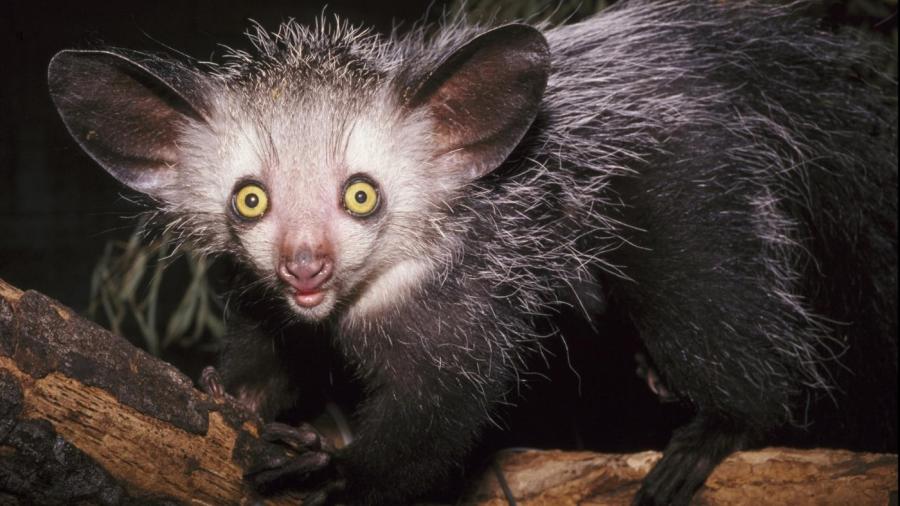Why Are Aye-Ayes Endangered?

Aye-ayes are endangered primarily because of habitat destruction, as humans have rapidly encroached on their habitats. They are also frequently killed by the native Malagasy who view them as crop pests and bad omens. Aye-ayes do sometimes inhabit coconut and lychee plantations.
Aye-ayes are widespread on the island of Madagascar in a variety of environments. They live in rainforests, deciduous forests, dry scrub forests and mangrove forests. They have relatively high caloric requirements, and consume fruit, nuts, plant fluids and insect larvae to sustain themselves. Plant foods consumed include mangoes, breadfruit, bananas, coconuts, nectar from the traveler’s tree and bamboo.
Aye-ayes hunt for wood-boring grubs using percussive foraging; they tap on the bark of a tree to listen for the hollow spaces left by the grubs. They tap with their specialized third fingers, which are extremely long, thin and flexible. Once they find a cavity, they tear it open with their enlarged incisors. They use their specialized third fingers once more to fish out any grubs.
Their long fingers are delicate, so aye-ayes must take special care while moving to avoid damaging them. They curl their fingers and distribute more stresses to their hindquarters than many climbing primates for this purpose. Despite this, they are extremely adept climbers, able to leap through trees and descend trees head-first.





